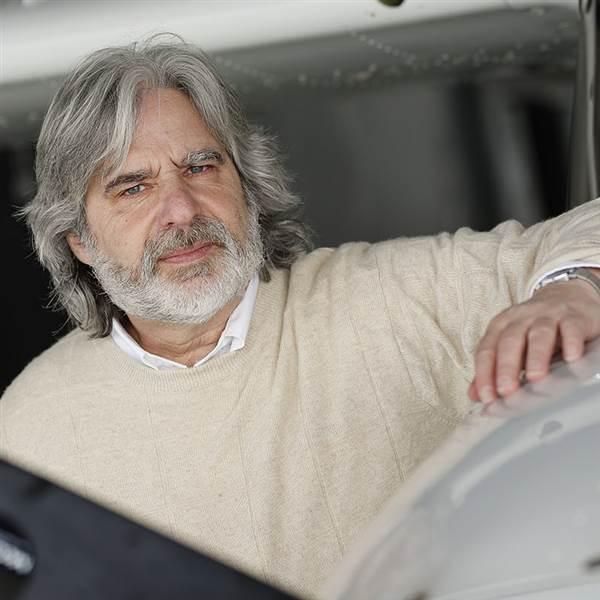A student pilot is performing a slow-flight drill, maintaining level flight with flaps fully extended and the stall warning steadily sounding. Abruptly, the student’s instructor retracts the flaps, causing the trainee to make quick adjustments to maintain the assigned airspeed and altitude. As the drill proceeds, the instructor continues to add and subtract flaps—sometimes a little, sometimes a lot—with the student reacting as required.
Learning how to maintain aircraft control at flap settings from zero to full isn’t the drill’s only goal. Another is to recognize, by interpreting the flight attitude, any indication that the flap setting you have may not be the one you think you have.
A pilot who can sense an excessive sink rate caused by inadvertent flap retraction—or recognize that extended flaps are preventing an aircraft on a go-around from climbing—has a better chance to correct the problem without trouble. That chance to save things passes quickly, because flap changes usually come into play when you are close to the ground, flying at a higher-than-normal angle of attack and a slower airspeed.
Despite that common denominator in flap incident scenarios, observation of pilots confirms that most tend to make their flap changes with a quick, half-attentive flick of a lever. Coupled with a distraction, that haste is a well-known cause of landing accidents and stalls during go-arounds—many famously associated with aircraft such as older Cessna singles equipped with flap switches and position indicators that demanded the pilot’s full focus and careful management of flap retraction.
On April 5, 2012, that distraction was a bounced landing when a Cessna 172M touched down in Pottstown, Pennsylvania. The pilot decided to go around. “He applied full power and inadvertently raised the flaps from 30 degrees to zero degrees. As the pilot increased the pitch of the airplane to perform the go-around, the airplane drifted off the left side of the runway and settled into a grassy area. The airplane struck a tree and sustained substantial damage to the wings and horizontal stabilizer,” the National Transportation Safety Board accident summary said.
It characterized the mishap as resulting from “the pilot’s inadequate recovery from a bounced landing, which resulted in a loss of control.”
Thirty degrees of flap retraction in a single step will elicit a rather pronounced sink response in a 150-horsepower Cessna 172 as both drag and lift experience a tangible decrease. That’s educational at 3,000 feet in the practice area. At ground level, after a bounced landing, it can bring the quickest recognition of a misconfigured aircraft.
As the Cessna single-engine aircraft lines evolved, electric flap systems were redesigned from model to model, engineering out such quirks as flap switches that were easily jostled into the fully extended or fully retracted position. Switches in Cessna 150s and pre-1977 Cessna 172s were replaced with a design adding a detent—a feature that helps a pilot assure that the desired position has been set. (The truly curmudgeonly flight instructors out there would point out here that clunky old Johnson bar-based manual flap systems, which predated electric flaps, required no such finesse of design.)
It’s expected, and required, that training emphasizes systems knowledge as a means of preventing a distraction such as a bounced landing, or getting too low on final, from starting an accident sequence.
But once the error has been made, typical training isn’t so straightforward when it comes to offering a remedy. That’s unfortunate, because only quick and practiced recognition of a cue about aircraft misconfiguration offers any chance of avoiding the error’s consequences—but it’s a good chance.
Once the cue is recognized, all that needs to happen is for the pilot to check the flap position indicator or—how’s this for a radical idea?—check the flaps themselves. Shouldn’t we be doing that every time anyway?
Dan Namowitz is an aviation writer and flight instructor. He has been a pilot since 1985 and an instructor since 1990.



